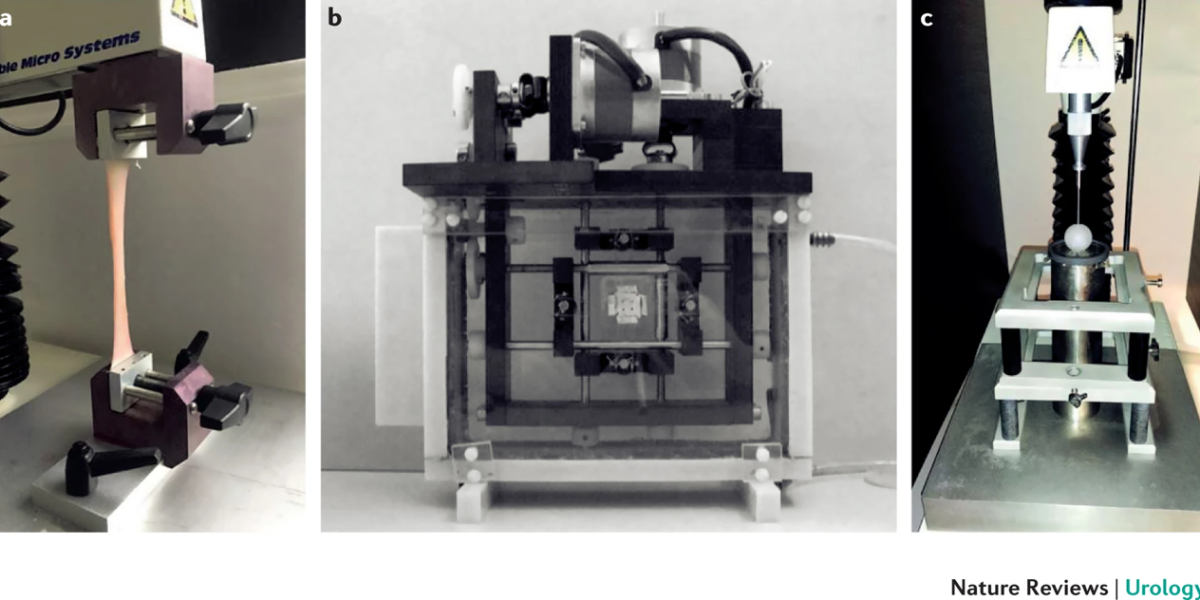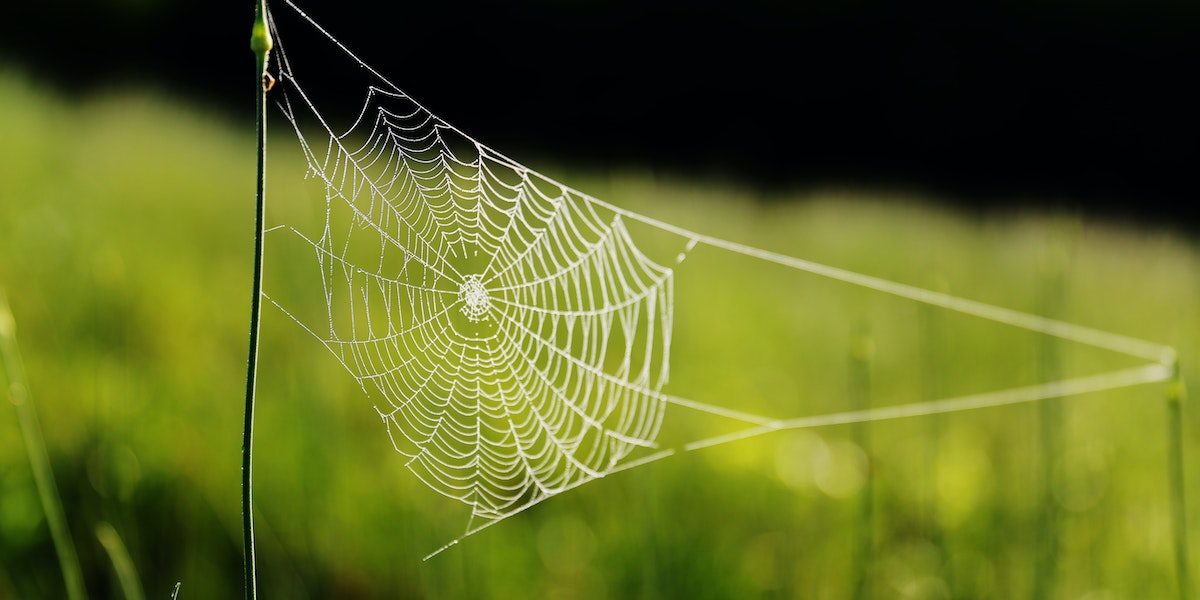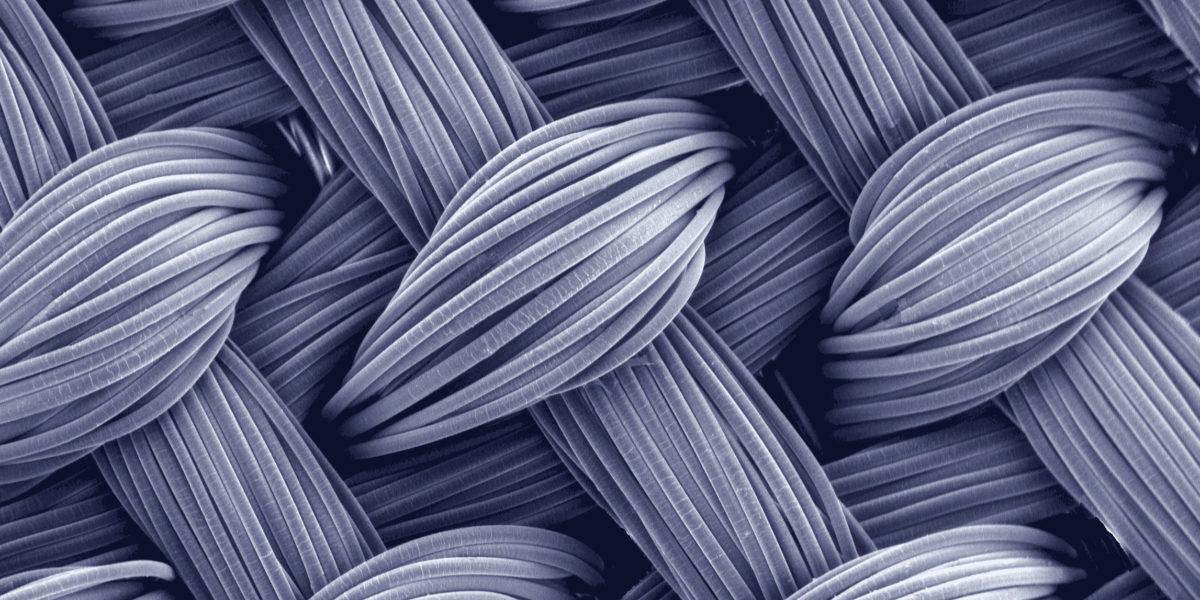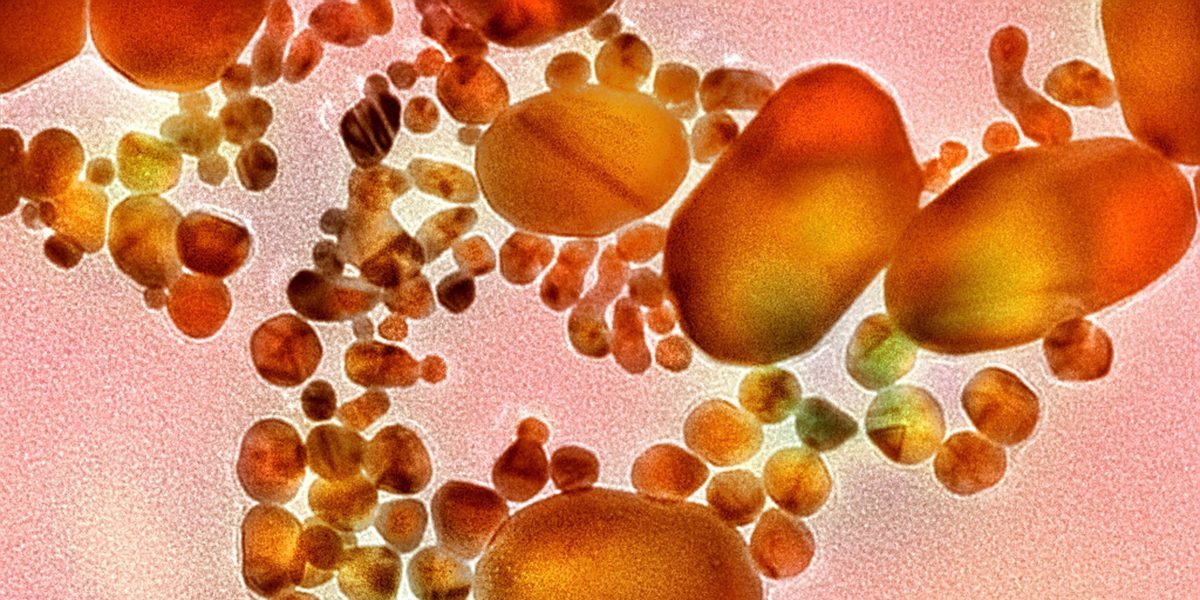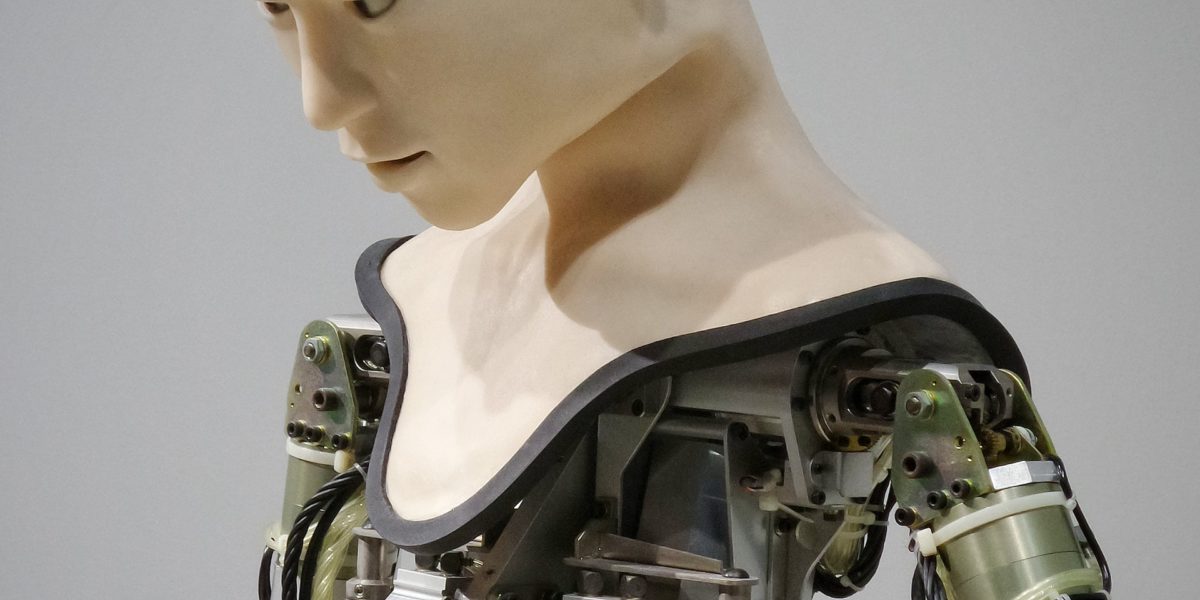In a quiet hospital room, a young girl sat by her father’s bedside, watching him shift uncomfortably, tethered to a catheter that had become both a necessity and a burden. Her father, once active and independent, had been struggling with spinal cord injury for years. The catheter, while helping him manage his bladder, came with its own set of complications. For people like her father, or those with neurogenic bladder disorder, intractable incontinence, or even bladder cancer, the loss of bladder function can feel like a never-ending cycle of discomfort and distress. Relying on catheters, while necessary, often leads to Catheter Associated Urinary Tract Infections (CAUTI), further worsening their condition and even accelerating disease progression.1
Tag: material science
You’re One Tough Nut To Crack!
On April 13, 2022, a video uploaded to YouTube titled The End broke the internet. A former Blue Sky Studios Employee, who over the years helped animate the Ice Age movie franchise, posted an unreleased short scene that depicted Scrat, the crazed squirrel from the series, finally catching and eating the acorn he spent more than a decade fighting and almost perishing over.
Continue reading “You’re One Tough Nut To Crack!”The Amazing Spider Silk
When one imagines the wonders of the natural world, the spider is not the first organism that comes to mind. However, possibly the most hated beings in all creation produce one of nature’s marvels: spider silk.
Properties
Spider silk has a number of properties that make it such an impressive material. First, spider silk is incredibly strong and tough. Spider silk is stronger than steel, and its toughness, or ability to absorb energy, is nearly three times that of Kevlar. And spider silk weighs less than both materials. These three properties alone would qualify spider silk as a super-material. The structural and ballistic industries stand to be disrupted by spider silk materials. For example, because spider silk can absorb energy better than Kevlar and is more lightweight, spider silk would be an excellent material for military and civilian self defense applications.
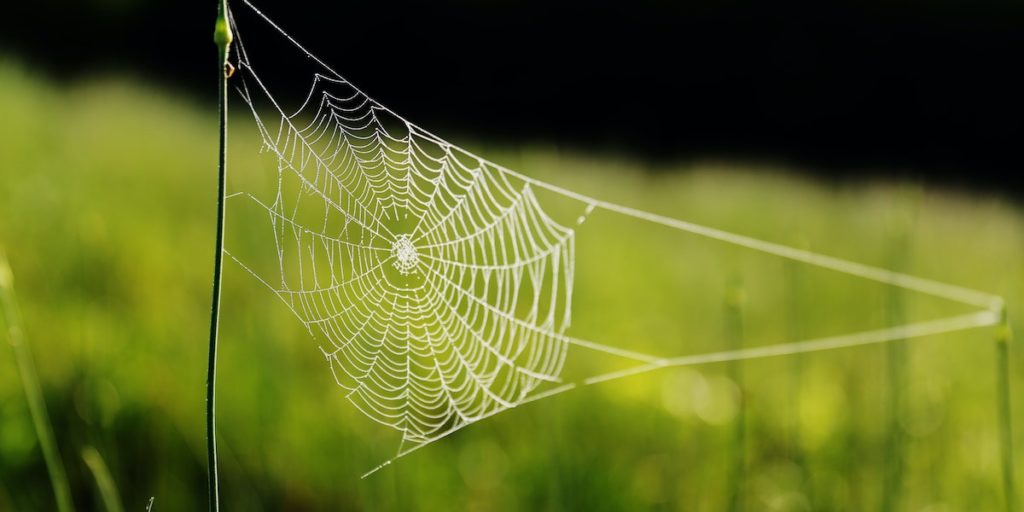
Spider silk also has an elasticity similar to that of human tendons while exhibiting a near perfect resistance to fatigue. Hennecke et al. show that spider silk has a similar stress-strain curve to that of a human tendon, and both materials have a memory which allows them to recover their form after loading. Tendons are constantly being loaded and unloaded throughout their life. Finding adequate materials for artificial tendons is particularly difficult, because most materials begin to lose their properties in cyclic loading, leading to a defined and small life time for the number of cycles tendons are forced through. But spider silk does not appear to lose its strength or elasticity even after high numbers of cycles.
In addition to these physical properties, spider silk also has been found to be both antiseptic as well as biocompatible. Spider silk has been used for medicine since ancient times due to its antiseptic properties, and for this reason, as well as its strength and toughness, spider silk is an excellent component in salves and bandages. Artificial tendons are prone to infection, and so spider silk’s antiseptic property is another reason why it is an ideal material for this application. Because spider silk is also biocompatible, as well as tough, it is a viable material for organ repair.
Continue reading “The Amazing Spider Silk”Turning Back the Clock with Science
While regenerative medicine may not be time travel, recent research advances have given hope for using scaffolds as a potential treatment for osteoarthritis, a common form of arthritis.
Continue reading “Turning Back the Clock with Science”Curing Cancer: a Giant Problem with a Nano- Solution
What if scientists could treat cancer without the extreme side effects of chemotherapy? Could scientists create a tiny way to cure a giant health crisis? Nanoparticle drug delivery systems could be the answer to our prayers.
Continue reading “Curing Cancer: a Giant Problem with a Nano- Solution”Sticks and stones may break my bones but dirt will wash right off
There you are, sitting in the park eating your spaghetti picnic on your favorite picnic blanket when your pollen allergy acts up. You let out a sneeze powerful enough to compete with Aeolus’ bag of wind, but now your spaghetti is all over your favorite picnic blanket. You immediately go to rinse it off, but your fine Italian sauce has thoroughly soaked in. If only nature had a solution to keep a surface clean. Enter: the lotus leaf.
Continue reading “Sticks and stones may break my bones but dirt will wash right off”Soft Robotics: Humanizing the Mechanical
In media and science-fiction, robots have stereotypically, and perhaps somewhat unfairly, been depicted as mechanical, stiff assemblies of moving joints and complicated circuitry. While this still holds true for many robots designed today, whether for industry or research, the past few years have seen a growing interest in soft robotics in academia, industry, and popular culture. As the name implies, many research groups have begun investing in constructing robots from compliant, softer materials.
Continue reading “Soft Robotics: Humanizing the Mechanical”